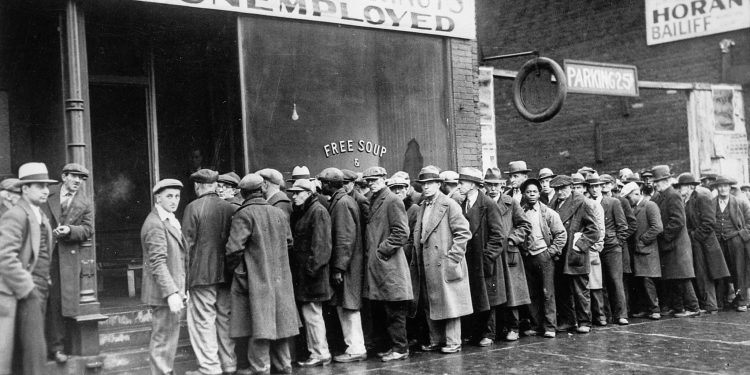As we navigate through the ebbs and flows of economic cycles, it’s natural to wonder how our current economic landscape compares to those of the past. One pivotal era that often comes to mind is the 1930s, marked by the Great Depression and the lead-up to World War II. In hindsight, was the pre-war economy of the 1930s truly worse than our own?
Economic Context of the 1930s
The 1930s were a time of profound economic turmoil, with the Great Depression casting a long shadow over the global economy. Triggered by the stock market crash of 1929, the Great Depression led to widespread unemployment, bank failures, and a sharp decline in industrial production. The resulting economic hardship reverberated across nations, with millions grappling with poverty and uncertainty.
Key Challenges of the 1930s Economy
- Unemployment: Unemployment rates soared during the 1930s, reaching unprecedented levels in some countries. In the United States, unemployment peaked at around 25%, leaving millions without steady income or means of support.
- Bank Failures: The banking system faced a crisis of confidence, as panicked depositors rushed to withdraw their funds, leading to widespread bank failures. The collapse of banks exacerbated economic instability and hindered recovery efforts.
- Trade Disruptions: International trade contracted sharply during the Great Depression, as countries implemented protectionist measures in a bid to shield domestic industries. Tariffs and trade barriers stifled global commerce, exacerbating the economic downturn.
- Social Impact: The Great Depression had profound social repercussions, with families struggling to make ends meet and communities grappling with poverty and deprivation. Homelessness, hunger, and despair became widespread, underscoring the human toll of economic hardship.
Comparing to the Present Day
While the challenges of the 1930s were undoubtedly severe, comparing them directly to our present-day economy requires nuanced analysis.
- Technological Advancements: One notable difference between the 1930s and today is the unprecedented pace of technological advancement. The digital revolution has transformed industries, created new job opportunities, and fueled economic growth in ways unimaginable during the Great Depression.
- Social Safety Nets: In response to the lessons learned from the Great Depression, many countries have implemented robust social safety nets aimed at providing assistance to those in need. Programs such as unemployment insurance, welfare, and food assistance help mitigate the impact of economic downturns and provide a safety net for vulnerable populations.
- Globalization: The interconnectedness of the global economy has increased significantly since the 1930s, with trade and financial flows transcending national borders. While globalization has brought undeniable benefits, such as increased efficiency and access to global markets, it has also exposed economies to greater volatility and interconnected risks.
- Policy Responses: Policymakers have learned from the mistakes of the past and have implemented measures aimed at stabilizing the economy during times of crisis. Fiscal stimulus, monetary policy adjustments, and coordinated international efforts are some of the tools used to mitigate the impact of economic downturns and support recovery.
While the pre-war economy of the 1930s was marked by unprecedented challenges and widespread hardship, our present-day economy presents a different set of complexities and opportunities. Technological advancements, social safety nets, globalization, and policy responses have reshaped the economic landscape, offering both new possibilities and new challenges. By understanding the lessons of history and adopting proactive measures, we can navigate the uncertainties of the present and build a more resilient economy for the future.






















